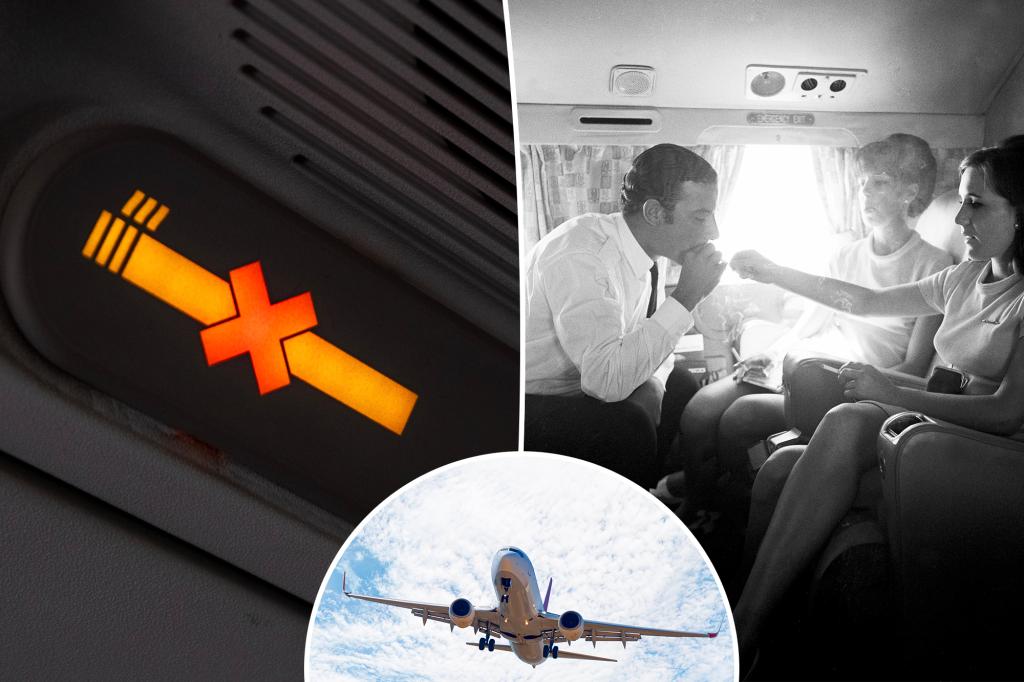The Federal Aviation Administration recently eliminated the rule that required an off switch for the “no smoking” sign on planes, even though smoking on US flights officially ended years ago. Previously, domestic and international flights allowed travelers to smoke onboard, leading to a thick haze inside cabins. The rise of aviation paralleled the rise of the cigarette, making smoking on planes a popular habit for many Americans. In 1973, the federal government required airlines to seat smokers and nonsmokers in separate sections, but this did little to reduce fire hazards or improve health.
Smoking on planes became the center of notorious tobacco lawsuits in the 1990s, with flight attendants suffering from the effects of secondhand smoke suing tobacco companies. As a result, the tobacco industry agreed to pay millions to fund research and support a federal smoking ban on international flights. In 2000, the FAA officially banned smoking on any flight landing or departing from a US airport. Airlines adapted to the new rules by switching on the “no smoking” sign, which has served as an effective reminder for passengers over the years.
Despite the ban on smoking, some passengers have tried to push the limits by vaping on planes. In a recent incident, a first-class passenger on an American Airlines flight refused orders to stop vaping, forcing the plane to make an emergency landing in Oklahoma. Vapes and e-cigarettes have accounted for a significant portion of incidents reported to the FAA, with 35% of all incidents in 2022 involving these devices. While the “no smoking” sign continues to serve as a reminder to passengers, airlines have faced challenges with the outdated requirement, leading to flight delays and technical issues with new planes that couldn’t shut off the sign.
Although smoking on planes is a thing of the past, the legacy of the “no smoking” sign continues to play a role in aviation safety. Despite the frustrations and challenges faced by airlines and plane manufacturers in complying with FAA rules, many flight attendants continue to manually switch on the “no smoking” sign during every flight. In some cases, issues with the switch have caused delays for airlines, but the FAA has granted exemptions to address these technical difficulties. The history of smoking on planes, from its popularity to its eventual ban, highlights the significance of safety regulations in the airline industry.
As aviation regulations evolve and adapt to changing norms and technologies, the issue of smoking on planes serves as a reminder of the importance of safety and compliance. While the ban on smoking has been in place for years, incidents involving vaping and e-cigarettes continue to pose challenges for airlines and passengers. The ongoing legacy of the “no smoking” sign reflects both the progress made in airline safety and the need for continued vigilance in enforcing regulations. Airlines, passengers, and regulators must work together to ensure that the skies remain safe and smoke-free for all travelers.


